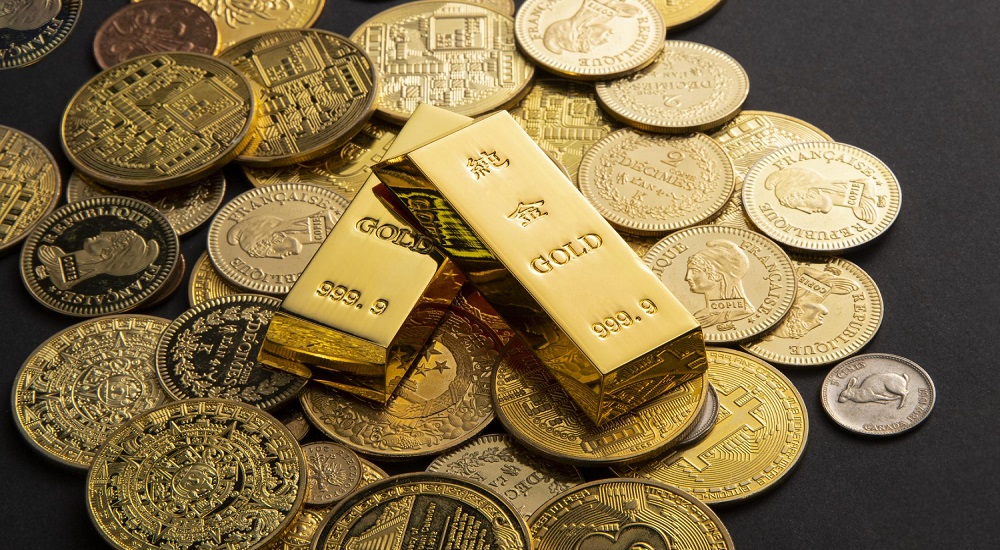Imagine you’re sitting in a cozy café, sipping your favorite latte, and a friend pops the question, “Hey, have you ever wondered what makes gold prices swing like a pendulum?” It’s a fascinating thought, isn’t it? The allure of gold has captivated human hearts for centuries, but understanding the factors that influence its value might seem like an enigma wrapped in a mystery. Fear not, my curious companion, for in this blog post, we shall embark on an exploration into the realm of gold prices, without a hint of jargon, and unlock the secrets behind its fascinating fluctuations.
Economic Indicators and Global Trends
As the world’s oldest and most coveted form of currency, gold dances to the beat of global economic indicators. Whenever there’s turbulence in the stock market, a geopolitical crisis, or a whiff of inflation, investors seek refuge in the shiny embrace of gold. It serves as a safe-haven asset, a timeless lifeboat amidst economic storms. So, when uncertainty arises, gold prices usually follow suit, marching to the rhythm of investors’ risk appetite.
Supply and Demand Dynamics
Ah, the classic duo – supply and demand. Like yin and yang, they shape the destiny of gold prices. When the demand surpasses supply, gold becomes as rare as a unicorn sighting, and its value skyrockets. Conversely, when supply floods the market, prices tend to dip. It’s like a beautiful waltz between miners, central banks, and jewelry enthusiasts, determining the delicate balance between scarcity and abundance.
Central Bank Policies
Listen closely to the whispers of central banks, for they hold the power to sway gold prices with the mere mention of interest rates and monetary policies. When interest rates are low, borrowing becomes cheaper, stimulating economic growth, and pushing gold prices downwards. Conversely, if central banks raise interest rates to curb inflation, investors often find themselves flocking back to the shiny haven, elevating gold prices.
The Mighty U.S. Dollar
Imagine a see-saw with gold prices on one end and the U.S. dollar on the other. When the dollar gains strength, the scales tip, and gold prices typically retreat. Why, you ask? A stronger dollar means that gold, priced in dollars, becomes more expensive for foreign buyers. On the flip side, when the dollar weakens, gold prices bask in the limelight once again.
Market Speculation and Sentiment
Ah, the capricious heart of the market – sentiment! The sentiment is that unpredictable friend who can ignite a rally or trigger a meltdown. When traders anticipate rising gold prices, they hop on the bandwagon, pushing the prices even higher. But beware, my friend, for the pendulum swings both ways. A collective negative sentiment can lead to an exodus from gold, sending prices tumbling like a house of cards.
Conclusion
And there you have it, a glimpse into the multifaceted world of gold prices without the need for extravagant words or clichés. From the economic dance betweensupply and demand to the influence of central bank policies and the ever-watchful U.S. dollar, gold prices follow a complex choreography that reflects the heartbeat of the global economy.
The next time you spot the glimmer of gold prices making headlines, you’ll no longer be perplexed. Instead, you’ll nod knowingly, understanding the symphony of factors at play. Remember, dear reader, the gold market is as mesmerizing as the twinkling stars on a clear night – mysterious, captivating, and waiting to be explored by the curious minds of those who seek to understand the ever-changing tapestry of the financial world.

